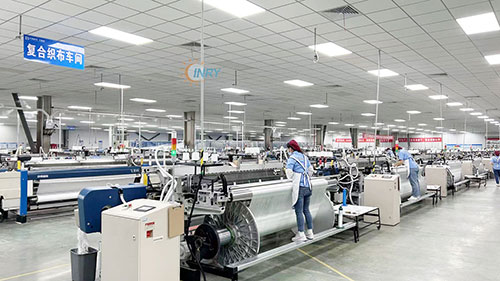Are Silicone Fire Blankets Better Than Fiberglass?
Overview:The choice between silicone and fiberglass fire blankets ultimately depends on your specific needs, budget, and usage environment.
What are Silicone Fire Blankets?
Silicone fire blankets, also known as silicone-coated fiberglass fire blankets, are a type of fire safety equipment designed to extinguish small fires and protect individuals from fire-related injuries. These blankets are made from high-temperature resistant fiberglass cloth that is coated with a layer of silicone. The silicone coating enhances the blanket's heat resistance, flexibility, and durability.

What are Fiberglass Fire Blankets?
Fiberglass fire blankets are traditional fire safety tools constructed from fine glass fibers woven into fabric. These fibers are treated to withstand high temperatures and are often coated with materials to improve their performance. Fiberglass fire blankets have been widely used for many years due to their cost-effectiveness and reliability in fire emergencies.

How Do Fire Blankets Work?
Fire blankets work by smothering fires, cutting off the oxygen supply necessary for combustion. When a fire blanket is placed over a fire, it creates a barrier that prevents oxygen from reaching the flames, thereby extinguishing the fire. This method is particularly effective for grease fires, electrical fires, and small flammable material fires. Additionally, fire blankets can be used as protective coverings to shield individuals from intense heat and flames during emergency escapes.
Advantages of Silicone Fire Blankets
Flexibility and Durability:The silicone coating makes these blankets more flexible and easier to handle. They are also more resistant to wear and tear, allowing for multiple uses if they remain undamaged.
Ease of Use:Silicone fire blankets are typically lighter and more manageable, making them easier to deploy quickly in an emergency situation.
User Safety:Handling a silicone fire blanket is safer because it doesn't pose a risk of tiny fibers getting into the skin or airway, unlike traditional fiberglass blankets.
Recent advancements in fiberglass fire blankets have improved their overall performance and usability while maintaining cost-effectiveness. These upgrades include:
Cost Efficiency:Despite these upgrades, fiberglass fire blankets remain more affordable compared to silicone blankets, making them a budget-friendly option for fire safety.
The choice between silicone and fiberglass fire blankets ultimately depends on your specific needs, budget, and usage environment.Upgraded fiberglass fire blankets offer a reliable and economical option without compromising too much on performance.
In conclusion, both types of fire blankets serve crucial roles in fire safety, but understanding their differences and advantages can help you make an informed decision based on your specific requirements.





